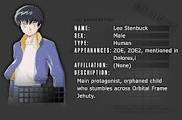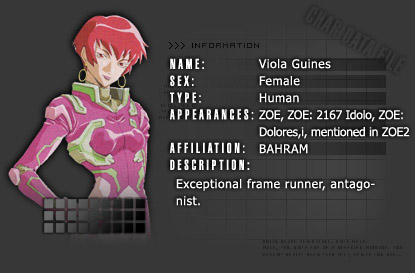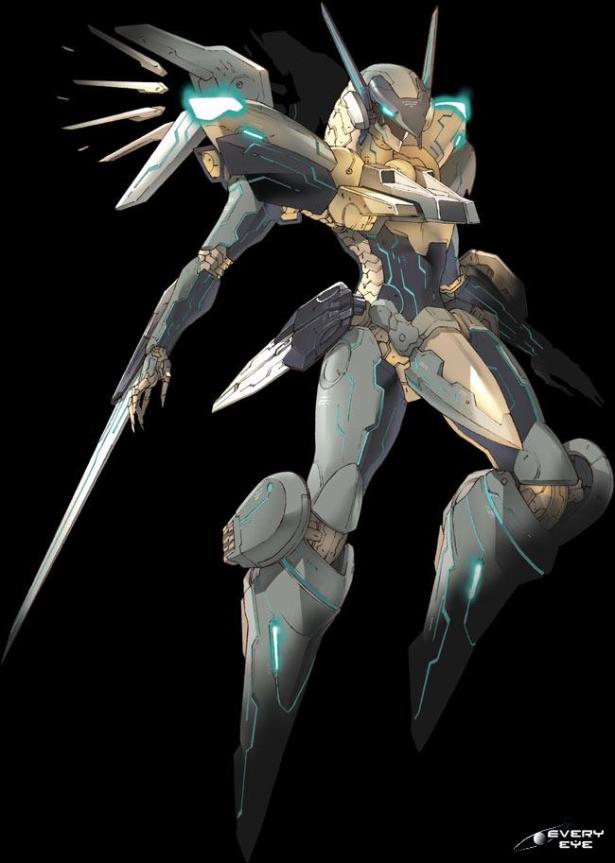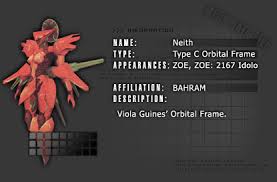ZOE – This Ain’t No Ender’s Game
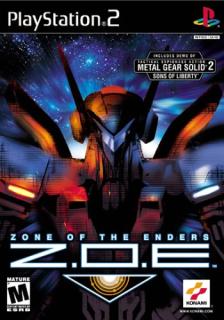
The PlayStation 2 video game Zone of the Enders is a cornucopia of science fiction mainstays: giant robots, oppression, crazy guys piloting those giant robots, and interplanetary war as seen through a child’s eyes. Zone of the Enders hits all these hallmarks, but ultimately fails to bring all these elements together in a meaningful way.
The game’s plot is nothing new. Leo Steinbeck stumbles his way into the Orbital Frame (aka the giant robots) Jehuty, the weapon that military force Bahram is instigating a war over. Paired with Jehuty’s artificial intelligence ADA, Leo must fight and kill to survive.
There are whole genres of science fiction that deal with children being forced into the army. The mecha series Gundam are full of them. Leo Stenbeck hails from the passive-aggressive mold of the robot pilot. He fights against older, more savage, more experienced Orbital Frame pilots, yet lets the pilots go when killing them would be a far safer alternative. ADA starts as the voice of reason in this regard, yet mellows her opinion by game’s end. It is the typical trial of a child warrior.
The gameplay overflows with potential, but falters on a few key points. You need the use of both control sticks (on a PS2 controller) to operate Jehuty: one to alter its elevation, and one to move forward and back. This is rendered moot by the ability to lock onto an enemy robot, which puts you on the enemy’s direct path.
Combat involves swords, a chargeable blaster, and a grab/throw function. These are supplemented with optional, “futuristic” sub-weapons. But all too often these subweapons are uninspired. The Bounder is as described: an energy ball that bounces off the enemy. It has poor aim and deals little damage. Button-mashing the sword weapon is a far more effective tactic.
Some weapons are gimmicks. Partway through the game, the player need a Sniper rifle to advance. So he gets one and uses it. The weapon is never mentioned again. The player can pick advancing enemies, but the damage is so ineffective that the Sniper is not worth considering. The Decoy is another one-shot weapon. You need it to confuse one boss enemy. That’s it. Normal enemies see right through it.
The difficulty consists of long stretches of normalcy, bookended by spikes of challenge. Only two instants forced me to play seriously: the point where one hit will destroy Jehuty, and the other having to throw time-bombs off the Frame’s hull before they explode.
The game features voice-acting. Terrible voice acting. Leo does nothing but whine, and ADA has a monotone, Siri-like voice. Everyone else is bland and stereotypical.
In the end, ZOE tries to be a good game, but it’s plagued with the pitfalls of poor gameplay, uninteresting combat, and fluctuating levels of difficulty. Due to its short length, it feels like half a game. It paves the way for the sequel, which is a much better game. Otherwise, you can pass this.
